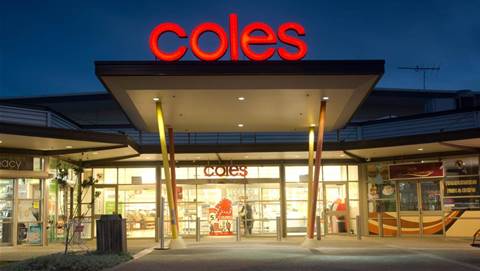Employment website Seek has posted a jump in revenue and net operating income for the first half of its financial year as businesses begin to re-hire following a slew of pandemic related redundancies.

Seek’s revenue came in at $517.2m, an increase of 59 percent compared to the previous year and net operating income was $250.6m, a 83 percent jump compared to the year prior.
Ian Narev, CEO and managing director at Seek said market conditions across its ANZ and Asia businesses were favourable for revenue growth.
“Businesses continued to rehire following COVID-related cuts, and in many cases restarted investment. Whilst candidate activity on our sites remained high, application rates were weaker, which in turn drove greater depth adoption,” Narev said.
“Previous investments, in particular the flexibility of our new ANZ contract and pricing model, positioned us well to capture these opportunities.”
Narev said the company’s ANZ yield grew, due particularly to a significant increase in premium and stand-out ads.
“Yield in Asia fell slightly, a function of higher volume commitments from hirers that led to higher volume-linked discounts. The impact was lessened by increased adoption of depth products,” he said.
The strength of Seek’s revenue enabled the company to accelerate some investment, Narev said.
“We increased planned expenditure in marketing, especially in Asia, and saw the benefits of that spend quickly. We also brought forward investment in data and analytics, including our Certsy capability,” he said.
“Our major investment in Platform Unification is continuing as planned, and we remain on track to complete the program within previously announced time and cost guidelines.”
For its full year results, the hiring giant expects revenue to be between $1.05 and $1.10 billion, EBITDA at $490m to $515m and NPAT to be between $230m to $250m
Commenting on the guidance for its full year results, Narev said, “Our key markets are experiencing, to varying degrees, a combination of ongoing economic recovery, relatively low unemployment rates and continued restrictions on labour mobility. Job ad volumes and depth adoption remain high.
“We have assumed these conditions continue for the remainder of this financial year, and have therefore upgraded our guidance.”




_(20).jpg&h=140&w=231&c=1&s=0)
.png&h=140&w=231&c=1&s=0)





 iTnews Executive Retreat - Security Leaders Edition
iTnews Executive Retreat - Security Leaders Edition












_(1).jpg&h=140&w=231&c=1&s=0)



